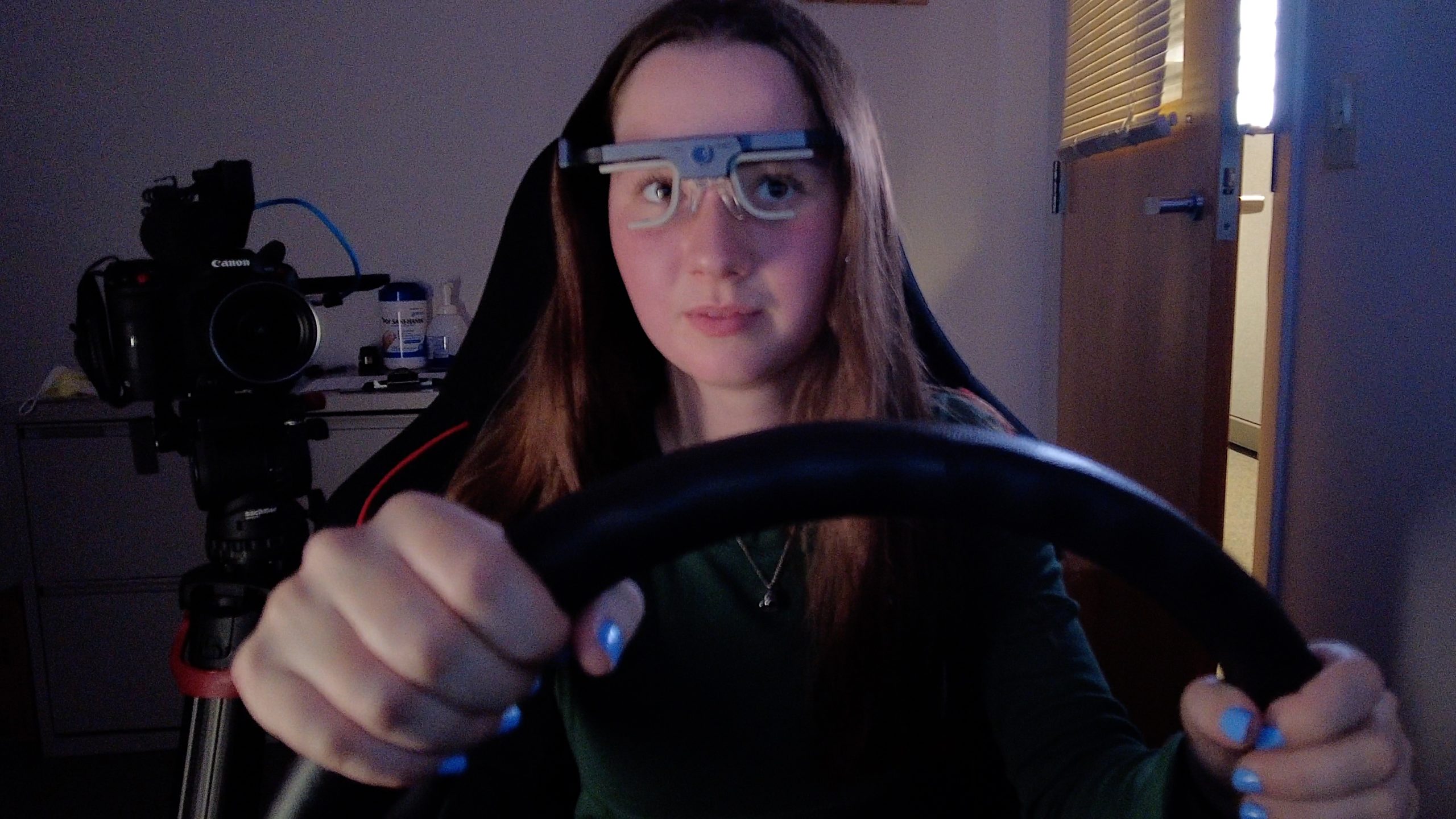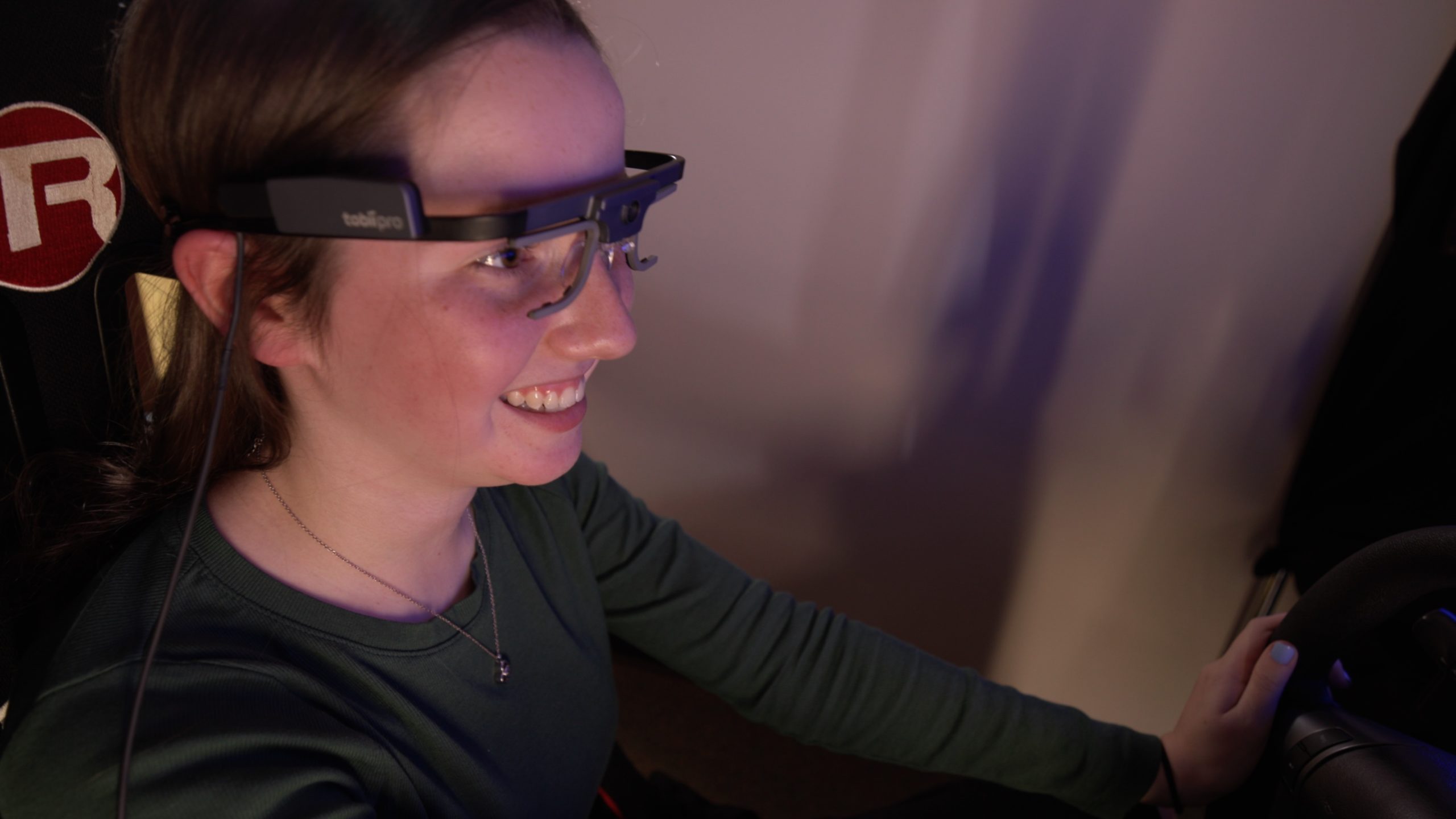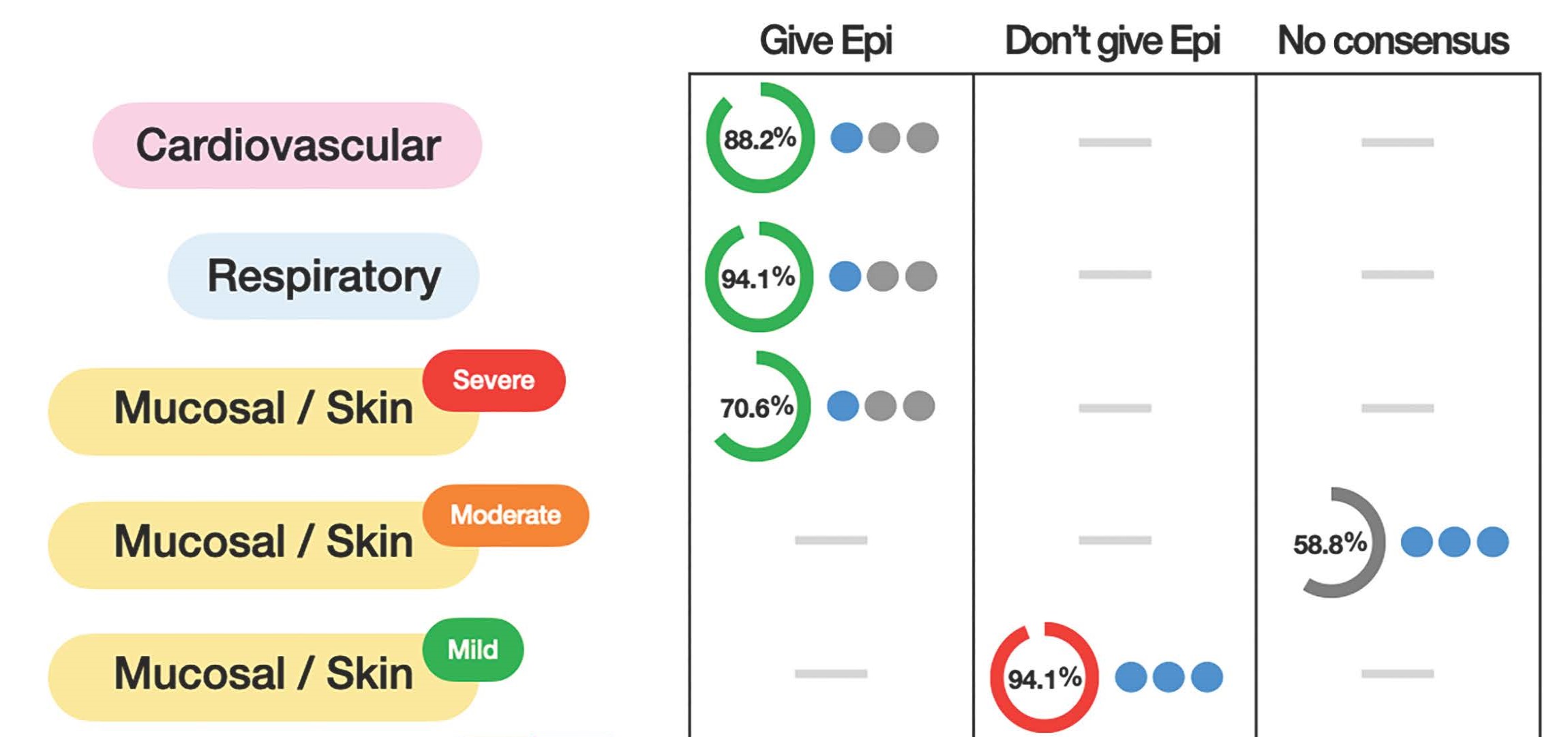New Driver Training Program Keeps Teens with ADHD Safer Behind the Wheel
Research By: Jeffery Epstein, PhD
Post Date: December 1, 2022 | Publish Date: Dec. 1, 2022
Behavioral Medicine and Clinical Psychology | Top Scientific Achievement


Integrated Desktop and Simulator Training Reduced Crash Risk by 40%
Roadways can be a dangerous place for teen drivers, even more so for those diagnosed with attention-deficit/hyperactivity disorder (ADHD). This is because those with ADHD may have difficulty sustaining visual attention to the roadway, especially when distracted.
Now, an ADHD driver’s training program developed at Cincinnati Children’s reports success at reducing the frequency of long, distracted glances away from the road that often occur among youth with ADHD. Details were published December 1, 2022, in The New England Journal of Medicine.
“This training improves teen drivers’ attention to the roadway, reduces crash risk and has the potential to save lives,” says the study’s principal investigator Jeff Epstein, PhD, a pediatric psychologist with the Division of Behavioral Medicine & Clinical Psychology at Cincinnati Children’s.
Trainees Had Fewer Crashes/Near-Crashes
The study details outcomes of the FOCALplus training program, which expands upon a desktop-based software platform called FOcused Concentration and Attention Learning (FOCAL). This study enrolled 152 teen drivers with ADHD, aged 16-19, and split them into two groups. The 76 teens assigned to FOCALplus participated in multiple training sessions that involved wearing special eye-tracking monitors that detect “long” glances (2 seconds or more) away from the roadway during simulated driving.




When long glances away from the road occurred while drivers were performing secondary tasks in the simulator (i.e., searching for a visual symbol on the driving console), an alarm sounded. The 76 teen drivers assigned to the control group learned about driver safety and then, like the FOCALplus drivers, participated in multiple training sessions while wearing an eye tracker which required them to perform the same secondary task as the FOCALplus group. However, control drivers did not get alerts when they glanced away from the road for too long.
One month after training, teens in the control group had 28.05 long glances during driving simulation per drive compared to just 16.52 long glances for the FOCALplus group—a 41% difference. Six months later, both groups slightly improved at avoiding long glances, but those who received the FOCALplus training maintained a 42% edge. The study also reports that non-trained drivers were more variable than trained ones in their lane position–a driving indicator related to crash risk.
To measure the impact of the training on real-world driving, drivers in both groups had an eye-tracking camera attached to the windshield in their vehicles for a year. Teens who received FOCALplus training had fewer long-glances and crashes and near crashes than the control group. In fact, there were 40% fewer crashes and near crashes among the FOCALplus trained group (3.4%) than the control group (5.6%). None of the crashes involved fatalities.
These findings suggest teens with ADHD were able to generalize trained skills to real-life settings, Epstein says.
Next Steps
As a result of the success of the study, Cincinnati Children’s is now offering this training to teens with ADHD. The five-session program costs $500. Those interested in participating can call 513-636-8107 or visit the website to see if they or their teen qualify.
“Our ultimate goal is to make this training available to all teen drivers with ADHD,” said Epstein. “The hope is to reduce teen driving injuries and fatalities and to provide parents with added comfort about their teen driver’s safety.”
Epstein notes that the sample of drivers in this study was limited to one geographic region and results may not be the same for drivers in other regions. But the results justify pursuing the programs further. The team plans to apply for grants to further investigate program efficacy.
The program founders also are studying ways to expand the program to other ADHD care providers, and perhaps other driving instruction providers.
The challenges ahead include scaling up the program and finding supporting sponsors.
Selected media coverage
More 2023 Research Highlights
Chosen by the Division of Behavioral Medicine and Clinical Psychology
Becker SP, Willcutt EG, Leopold DR, et al. Report of a Work Group on Sluggish Cognitive Tempo: Key Research Directions and a Consensus Change in Terminology to Cognitive Disengagement Syndrome. J Am Acad Child Adolesc Psychiatry. 2023;62(6):629-645. doi:10.1016/j.jaac.2022.07.821
Gutierrez-Colina AM, Wetter SE, Mara CA, Guilfoyle S, Modi AC. Racial Disparities in Medication Adherence Barriers: Pediatric Epilepsy as an Exemplar. J Pediatr Psychol. 2022;47(6):620-630. doi:10.1093/jpepsy/jsac001
Weiss SJ, Simeonova DI, Koleva H, et al. Potential paths to suicidal ideation and suicide attempts among high-risk women. J Psychiatr Res. 2022;155:493-500. doi:10.1016/j.jpsychires.2022.09.033
Shaffer RC, Schmitt LM, Reisinger DL, et al. Regulating Together: Emotion Dysregulation Group Treatment for ASD Youth and Their Caregivers. J Autism Dev Disord. 2023;53(5):1942-1962. doi:10.1007/s10803-022-05461-x
Sorter M, Stark LJ, Glauser T, et al. Addressing the Pediatric Mental Health Crisis: Moving from a Reactive to a Proactive System of Care. J Pediatr. Published online May 13, 2023. doi:10.1016/j.jpeds.2023.113479
View more discoveries from 50 research divisions and areas
Return to the 2023 Research Annual Report main features
| Original title: | Trial of Training to Reduce Driver Inattention in Teens with ADHD |
| Published in: | New England Journal of Medicine |
| Publish date: | Dec. 1, 2022 |
Research By







